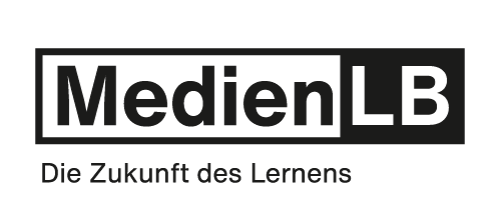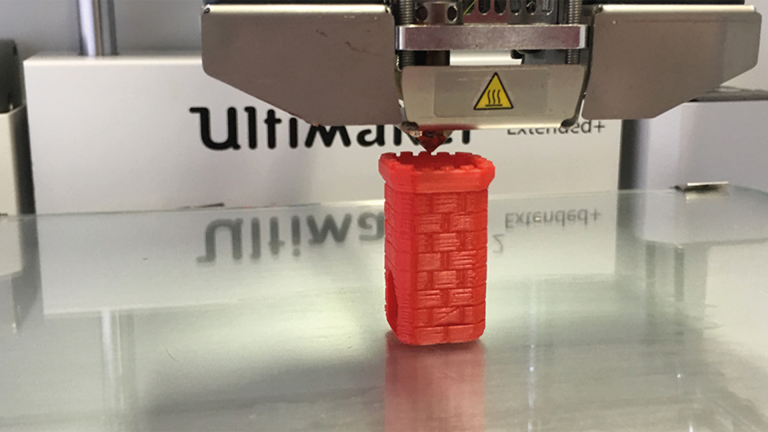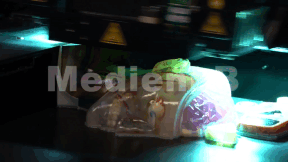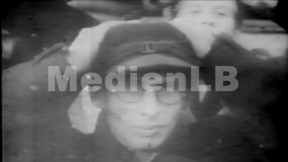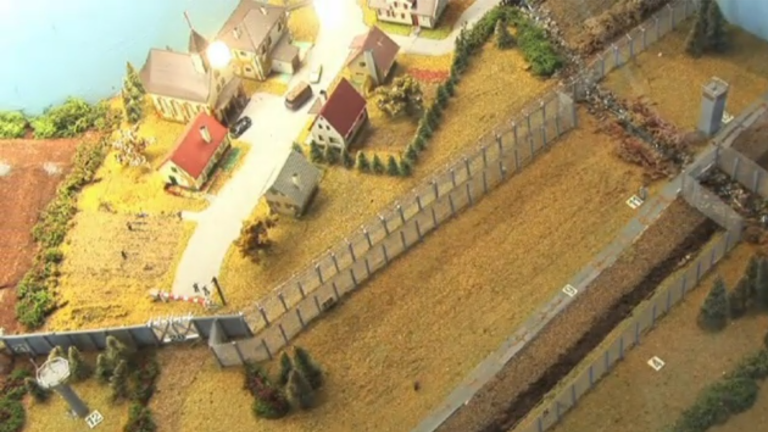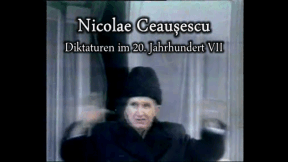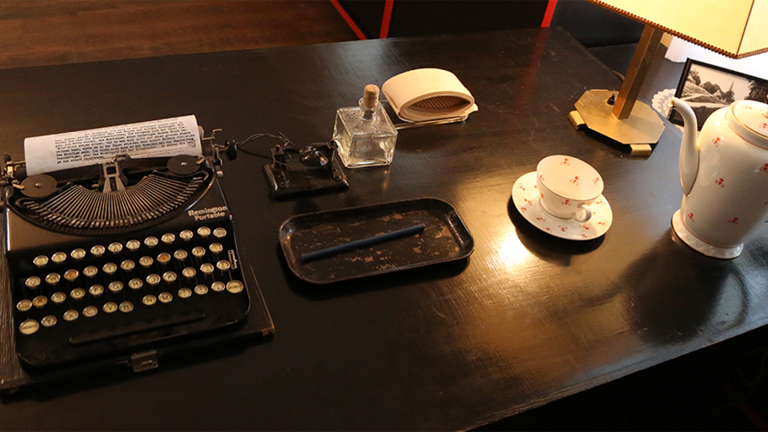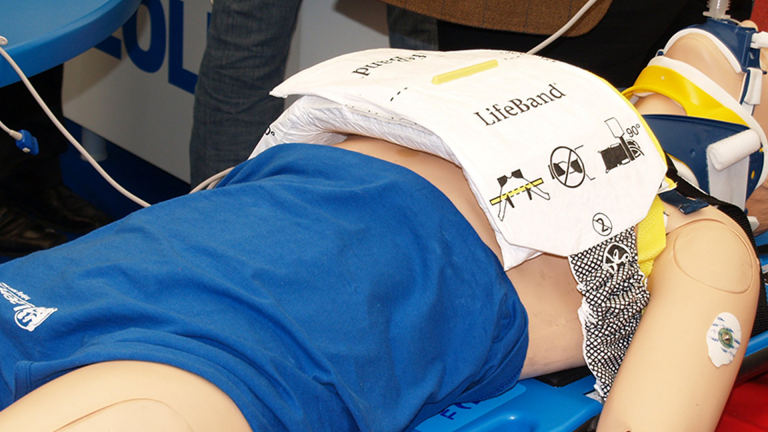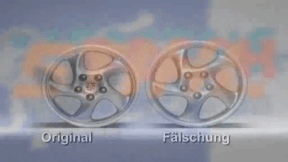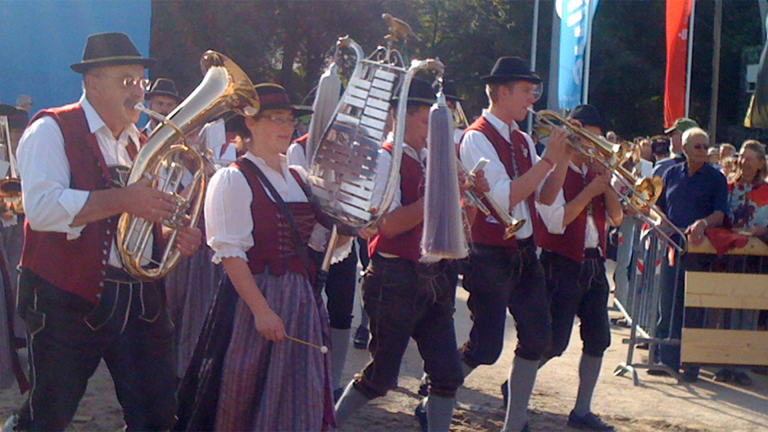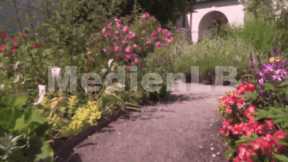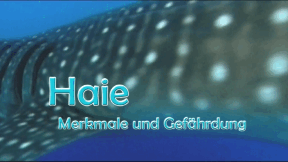Suche:
- # Artistry
- # Biology
- # Chemistry
- # Ecological
- # Economy
- # English
- # Foreign Language
- # Geography
- # German
- # Health
- # History
- # Informatik
- # Latin
- # Mathematics
- # Media Education
- # Music
- # Physics
- # Politics / Civics
- # Preschool
- # Primary School
- # Religion
- # Society
- # Sports
- # Technology
- # Training of Teachers
- # Vocational Education
3D Printing
Layer by layer, a three-dimensional form is being created here – a chess piece. Just like that, from a printer – however, a special one: a 3D printer. Thus, the dream of being able to manufacture three-dimensional pieces yourself at home becomes reality.
Learn moreGenocide of the Third Reich
Germany, 14th July 1933: Six months after Hitler’s so-called rise to power all parties were
Learn moreThe Border
The DVD helps students, who have no first-hand recollection of the partition of Germany, to approach this problem. The film illustrates the historical development of the inner- German border from 1945 to 1989. The example of Point Alpha also sheds some light on the Cold War – not without reason, the camp has been considered the „hottest spot of the Cold War“. Photos of the German Border Police, pictures from the exhibitions at the memorial Point Alpha near Fulda and the „house at the border“ create a vivid impression of the partition of Germany. Ninth-form students interviewed contemporary witnesses for the film: one of the American commanders at Camp Point Alpha (Steven Steininger), the former mayor of Fulda (Dr. Wolfgang Hamberger) and two border guards of the West German Border Police, Erwin Ritter and Gerd Leinert. Bertold Dücker describes his escape across the border. After the almost complete dismantling of the border installations, only few remains of the former border can still be seen today. The film provides background material and points out Running Time: 22:29 ms how important it is to visit the memorial.
Learn moreDictatorships in the 20th Century VII
Nicolae Ceausescu ruled Romania for twenty-four long years and was a dictator.
Learn moreProdukte des Alltags
Gut verpackt ist halb verkauft. Je kreativer, bunter und ansprechender Produkte verpackt sind, desto besser lassen sie sich verkaufen. Laut aktuellen Studien trifft ein Käufer seine Entscheidung in nur 1,6 Sekunden. Und dabei lässt er sich meistens von Größe, Farbe, Design und dem Namen des Produkts leiten. Der Inhalt wird bei der Kaufentscheidung oft zur Nebensache. In dieser neuen Folge von "Schau Dich schlau!" erklären Joey Grit Winkler und Fero Andersen neben psychologisch präzise ausgefeilten Verkaufsstrategien auch die Herkunft der bekanntesten Markennamen. Psychologen haben herausgefunden: Sehen wir etwas Rotes, Gelbes oder Orangenes, bekommen wir automatisch Appetit. Fällt unser Blick auf etwas Grünes oder Blaues, denken wir an Sauberkeit und Frische. Von einem Experten wird Joey Grit Winkler in die Geheimnisse der Verpackungswelt eingeführt und lässt sich erklären, woher die bekanntesten Markennamen kommen. Währenddessen taucht Fero Andersen in die Materie ein und analysiert, ob in den Verpackungen auch immer das drin steckt, was drauf steht. Muss Schwarzwälder Schinken aus dem Schwarzwald stammen? Oder genügt es, wenn der Schinken lediglich im Schwarzwald geräuchert wurde, das Fleisch aber aus Dänemark stammt? "Schau Dich schlau!" klärt über diese und andere wichtige und interessante Verbraucherfragen auf.
Learn moreLiterature after 1945
The Second World War, triggered by the National Socialists, began with the German invasion of Poland on 1st September 1939. Six years later, half the world was lying in ruins, 60 to 70 million people had lost their lives on the battle fields in Europe, Africa and Asia. Entire landscapes had become uninhabitable.
Learn moreTanzschule
Wenn Jugendliche sich zu Erwachsenen entwickeln, merken sie schnell, dass sie auch im täglichen Umgang mit ihren Mitmenschen zunehmend nach anderen Maßstäben beurteilt werden als zuvor. Besonders bei der Partnersuche gelten seit jeher ganz spezielle Spielregeln.
Learn moreResuscitation
It can happen to anyone – of any age, in any place, at any time. Sudden cardiac arrest may quickly prove fatal. Immediate action is called for! Just remember: Check Call Press Anyone can do it. You can't do anything wrong!
Learn moreProduct Piracy
Counterfeiting takes place in almost all economic sectors – textiles, watches, car parts, machine parts, tools, accessories, software and medicines. Some counterfeits are easy to recognise, others are so well-executed that even experts have difficulty distinguishing between original and imitation. This DVD covers the development of a product from idea to manufacture. Once a product has become a trademark, product pirates appear on the scene.
Learn moreMusic as a Commodity
Music has become a permanent feature of our lives. No radio station, no TV station, no department store, no restaurant does without using music. Music accompanies your every step. Music is a special language that conveys feelings and moods and has an animating effect. Influencing you unconsciously, it is to encourage you to buy things or helps you to recognise particular programmes or brands. In radio programmes, music is the most important part, which decides on the revenue and market share of the broadcast station.
Learn moreGenetics
Genetics means something like genealogy, origin and, in contemporary terminology, also the study of inheritance.
Learn moreSharks
The enormous size of the jaws and the frightening teeth of sharks have always attracted people's interest. Horrifying news of attacks on humans did the rest – "Jaws“: Steven Spielberg turned this best seller by Peter Benchley into a world-famous film. The story, published in 1974, is based on true events. In the 1960s, sharks were often spotted off America's coasts and the press was generous with reports often so scary that fear was fuelled. One day, as a shark stranded, it was a unique opportunity for the crowd of perplexed swimmers to observe the supposedly terrible monster at close range. Watching living sharks from special protective cages is a popular albeit expensive tourist attraction. It is an unforgettable experience to watch and photograph a shark swimming freely and gliding gracefully.
Learn more


